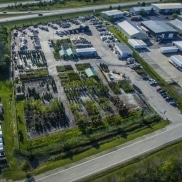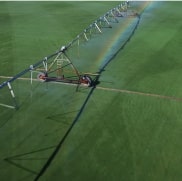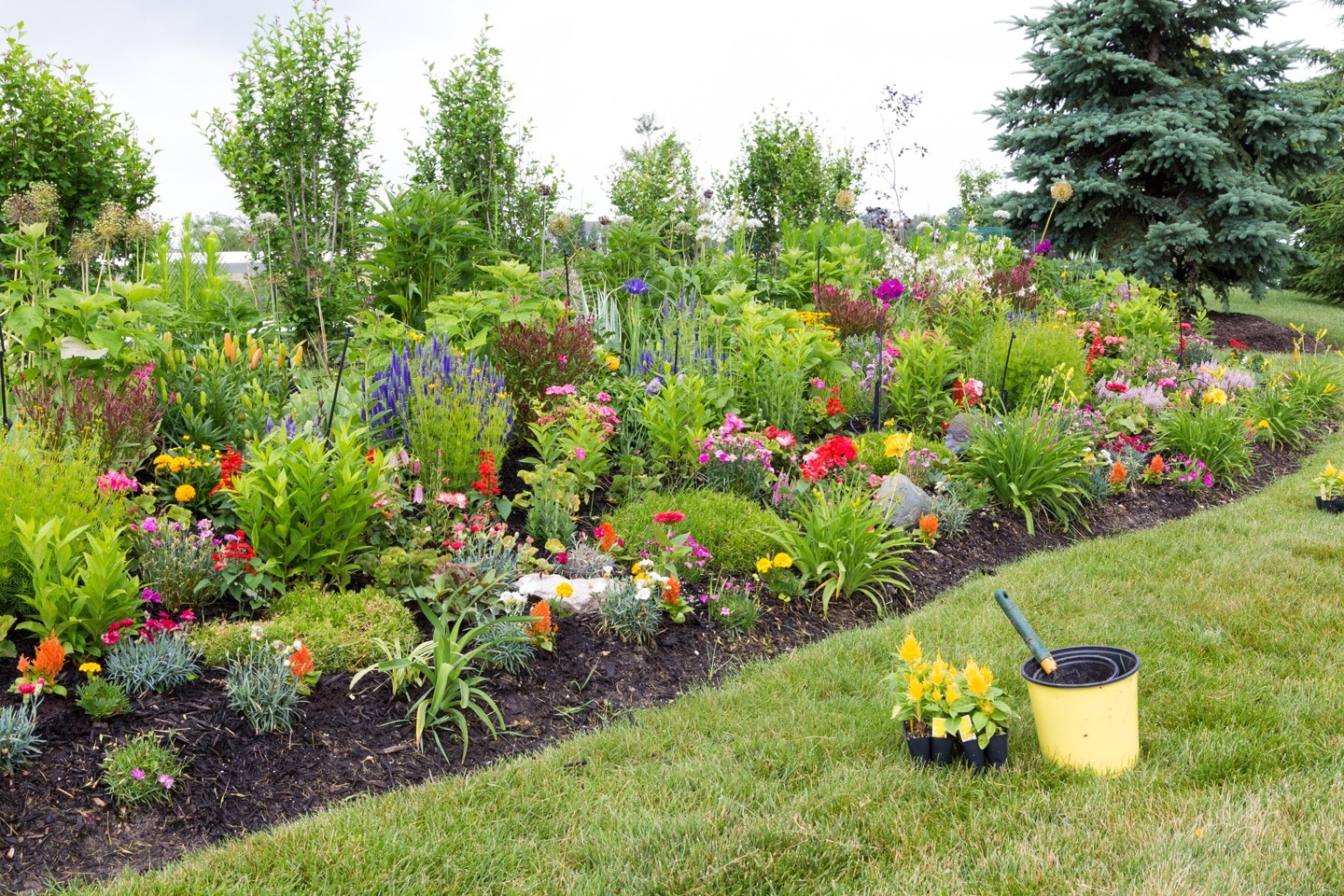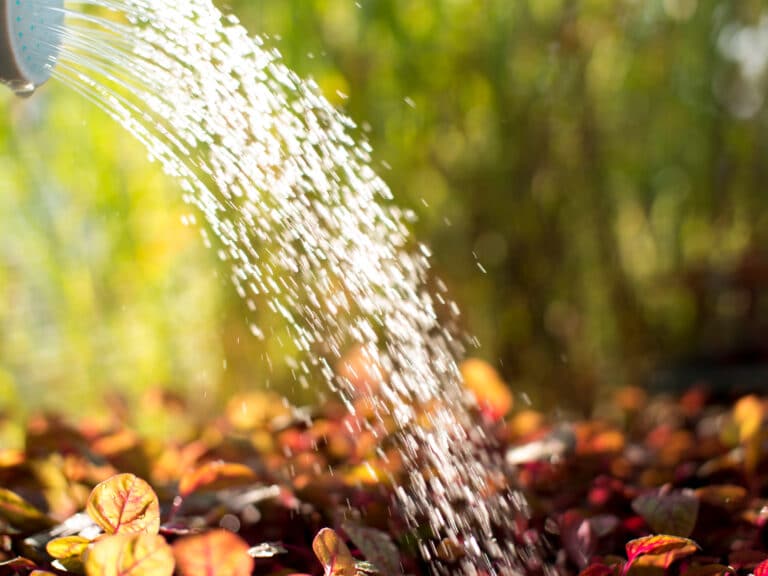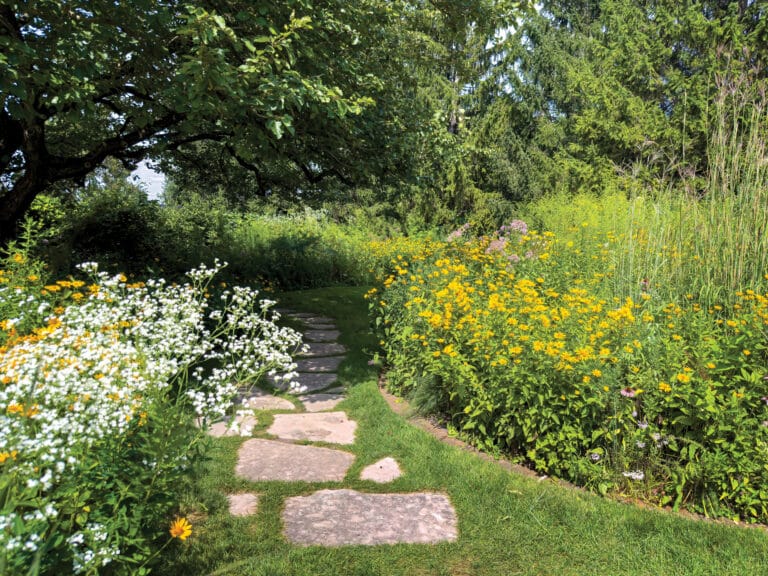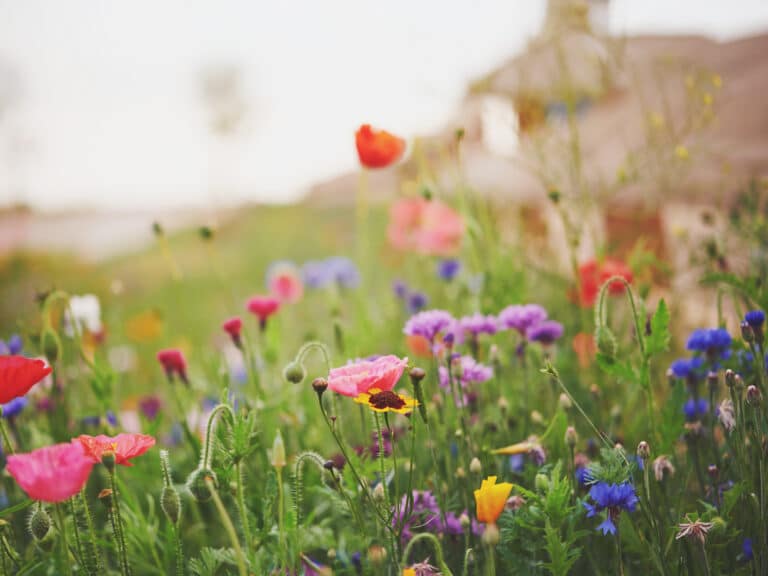It’s been a busy spring at the Plant Health Desk here at Lurvey Home & Garden. Every season the issues that affect plants are a bit different. Customers are always welcome to stop by and talk to our experts to help them solve issues in their gardens. Here are the top five plant health issues that we are seeing this spring and how to address them.
Grubs in the Lawn
Lawn care and specifically grubs in the lawn have been on people’s minds this spring. Grubs are the larvae of beetles, and they can be a major problem for lawns. They feed on grass roots, which can weaken the grass and make it susceptible to disease and drought. In severe cases, grub infestations can kill large areas of turf.
Checking for grubs is a simple process: you can use a spade to dig up a small square of turf. If you find more than five grubs per square foot, you have a grub infestation.
There are a number of ways to control grubs, including insecticides and nematodes, but there are also a set of cultural practices that can help reduce the grub population. These three simple practices – aerating the lawn, dethatching, and mowing at the correct height – not only help with grub control but will also improve the health of your lawn overall.
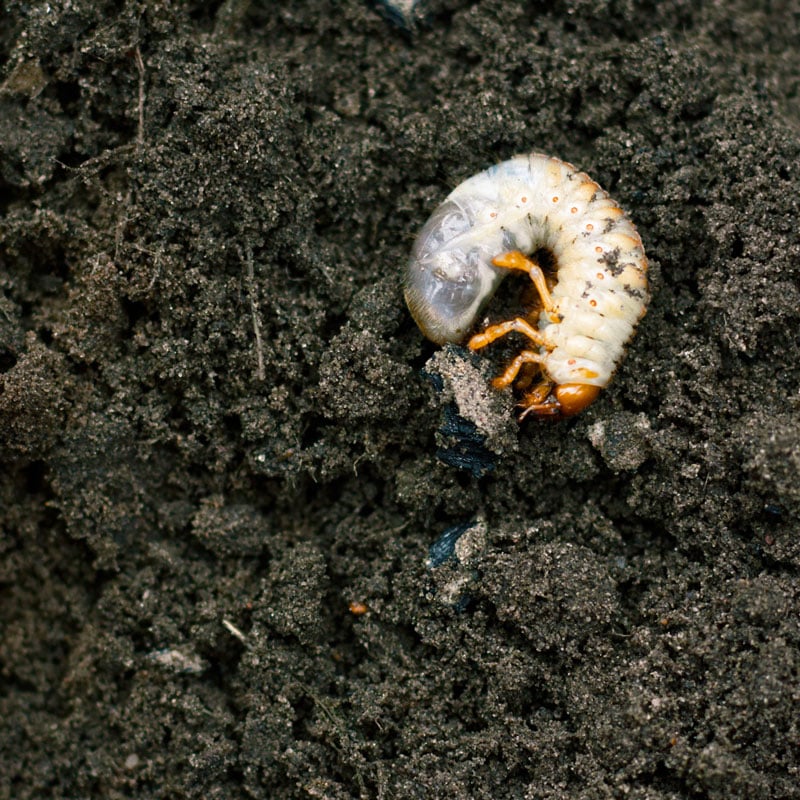
To immediately address a current infestation, choose a 24-hour grub control option like Bayer 24-Hour Grub Killer Plus. While this starts you on the path to controlling grubs in your lawn, the best time of the season for controlling future infestations with insecticides is the fall. Also don’t forget those cultural practices all season long. For even more detailed information about grubs please read this great article from the Illinois Extension – Grubs in Lawns
Rose Sawflies
Roses are a staple plant in almost every landscape and keeping them looking great is the task of many gardeners. The rose sawfly is a pest that can cause significant damage to rose bushes and is a pest that has been irritating rose lovers early in the 2023 growing season.
The larvae of the rose sawfly feed on the leaves of rose bushes, leaving behind a skeletonized appearance. In severe cases, rose sawfly damage can kill a rose bush. Rose sawflies are most active in the spring and summer and lay their eggs on the underside of rose leaves. The eggs hatch into larvae in about a week and feed for about 3 weeks before pupating in the soil.
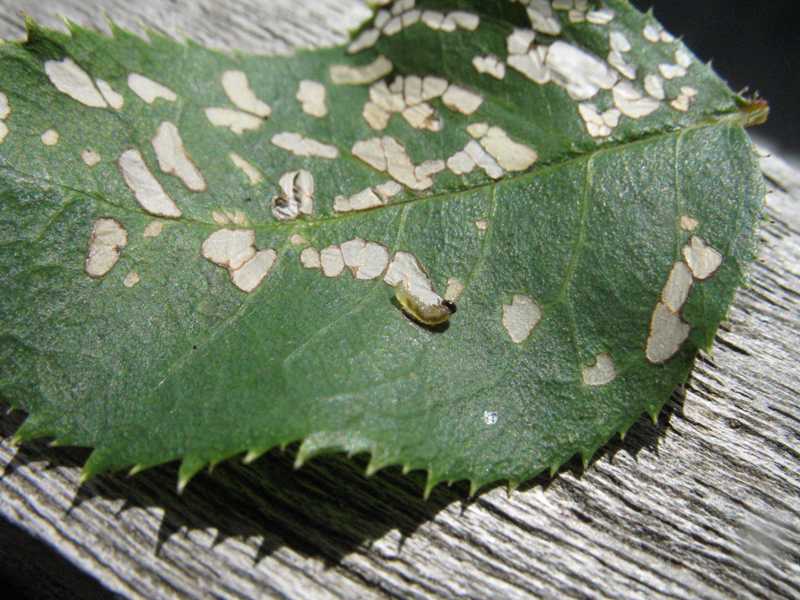
There are a few options for ways to control rose sawfly damage, including:
- Handpicking: If you have a small infestation, you can handpick the larvae and destroy them
- Insecticidal soap: Insecticidal soap can be used to kill the larvae
- Neem oil: Bonide’s Neem Oil Concentrate is useful to repel the adults and larvae
- Bacillus thuringiensis (Bt): Bt is a biological insecticide used to kill the larvae
Here are some additional tips to help prevent rose disease and damage:
- Plant disease resistant varieties of roses
- Prune your rose bushes regularly to remove dead, diseased, or damaged leaves
- Keep your rose bushes free of weeds
- Water your rose bushes deeply and regularly
For detailed information on rose sawfly please see this great article from the Missouri Botanical Garden website – Rose and Pear Slugs (Sawflies)
Aphids
Different types of plant damage like yellowing or wilted leaves, stunted growth, deformed leaves, and sooty mold, are actually caused by small insects called aphids. These pear-shaped, typically wingless, insects can come in a variety of colors from green, black, or red to yellow, brown, or grey. Often found on the underside of leaves, they feed on plant sap, which can weaken plants and make them more susceptible to disease. Aphids can also transmit plant viruses.
Similar to controlling many other insects here are some ways to control aphids:
- Physical removal: Remove aphids by hand or with a strong stream of water
- Insecticidal soap: Utilize an insecticidal soap like Bonide’s Ready to Use Insecticidal Soap to kill aphids
- Neem oil: Repel and kill aphids with this oil
- Biological control: Aphids can be controlled by predators such as ladybugs and lacewings

There are a few other things to keep in mind when working to control aphids and prevent damage. Most important is to encourage natural predators such as ladybugs and lacewings and to avoid insecticides that will kill those predators when they feed on the aphids. Inspect your plants regularly for aphids and remove infested plants from your garden if necessary. Lastly, water your plants deeply and regularly while avoiding overhead watering that can spread aphids. Learn more about aphids from this article on the University of Illinois Extension’s website – Aphids
Winter Plant Injury
The blast of cold at Christmas and very little snow this winter left many plants dehydrated and hurting this spring. Winters like these are especially hard on evergreens including azalea, rhododendron, boxwood, arborvitae, and holly. Dehydrated foliage is only exacerbated when we follow a winter with little precipitation with a spring that is also very dry.
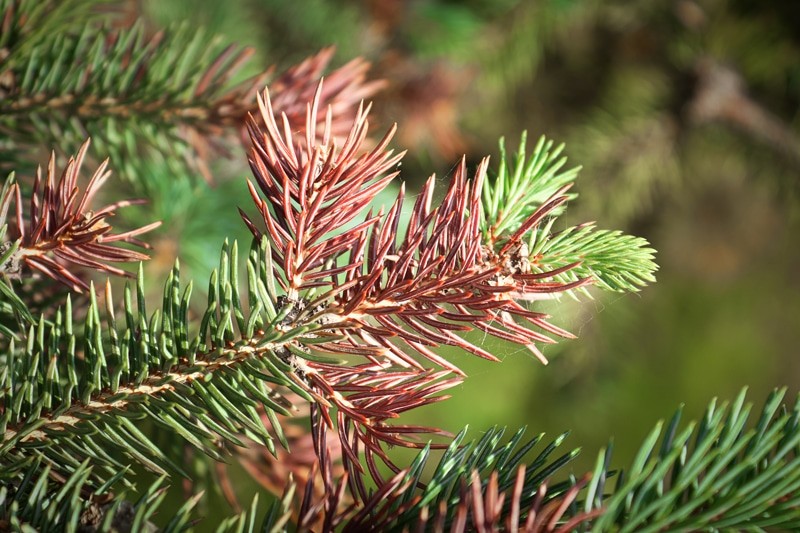
Winter damage includes burning, scorching, and dehydration of the leaves. Depending on the severity of the conditions, plant damage can move beyond the foliage to affect smaller twigs and even the woody tissue of the plant. If the woody tissue becomes too dehydrated the plant can die.
To manage and mitigate winter injury, you have to start before the ground freezes at the end of the season. The soil around susceptible plants needs to be properly watered before it freezes. Protect plants that are exposed to high winds in the winter with a physical barrier like burlap or snow fencing. There are also anti-transpirants, like Wilt-Stop, that will reduce moisture loss when applied to the plant’s foliage.
We’re in a Mini Drought
That’s right, while the sunshine might have been amazing to enjoy throughout May, it also made for one of the driest months of May on record. Lack of rain can have a significant impact on plants in the landscape. Without water, plants can wilt, lose leaves, and even die. In severe cases, drought can lead to widespread plant death and damage to ecosystems.
The effects of drought on plants vary depending on the type of plant, the severity of the drought, and the length of time the drought lasts. Some plants are more drought-tolerant than others. For example, cacti and succulents have evolved to store water in their leaves and stems, which allows them to survive long periods of drought. Other plants, such as annuals, complete their life cycle in a single season and aren’t equipped to survive drought.
The severity of the drought and the length of time the drought lasts are also important. A short-term drought may not have a significant impact on plants, while a long-term drought can cause widespread damage and even the death of plants.

Prevent or mitigate the effects of drought on plants by doing the following:
- Where possible plant drought-tolerant plants: Many plants are naturally drought-tolerant. Planting these plants can help to reduce the impact of drought.
- Watering plants deeply and infrequently: When watering plants, it is important to water them deeply and infrequently. This will help the plants to develop deep roots, which will allow them to access water during drought conditions.
Here is a great resource from Lurvey with information about watering – Lurvey Planting and Watering Guide - Mulching: Mulching helps to retain moisture in the soil, which can help to reduce the need for watering.
You now have the information needed to tackle the most common issues that we have seen in the garden this spring. If you have any other questions, please contact our plant health experts in-store or utilize this form – Plant Rx – to get a plant prescription from our team.



